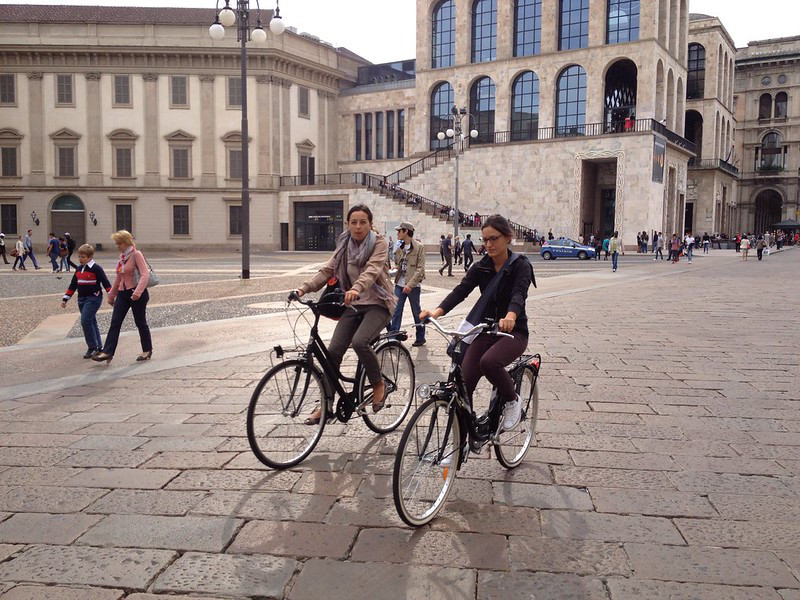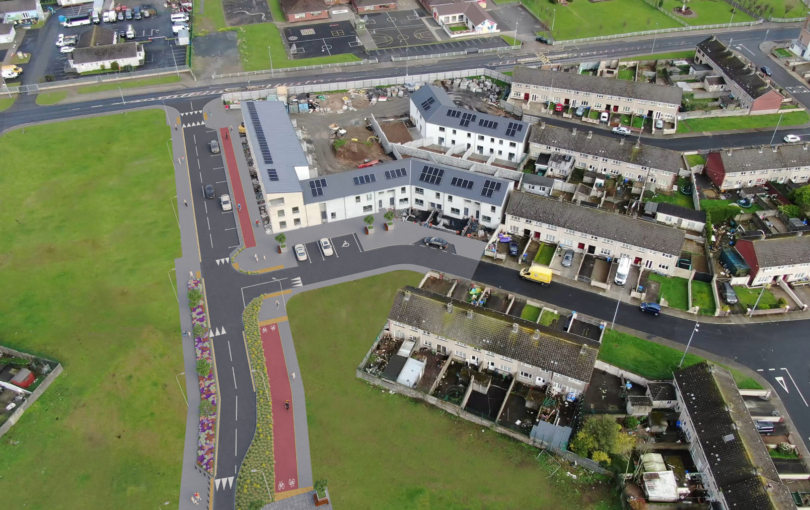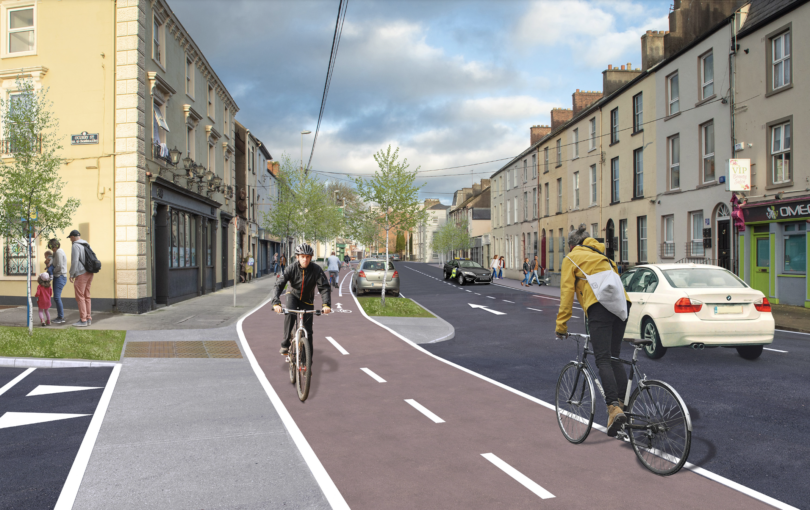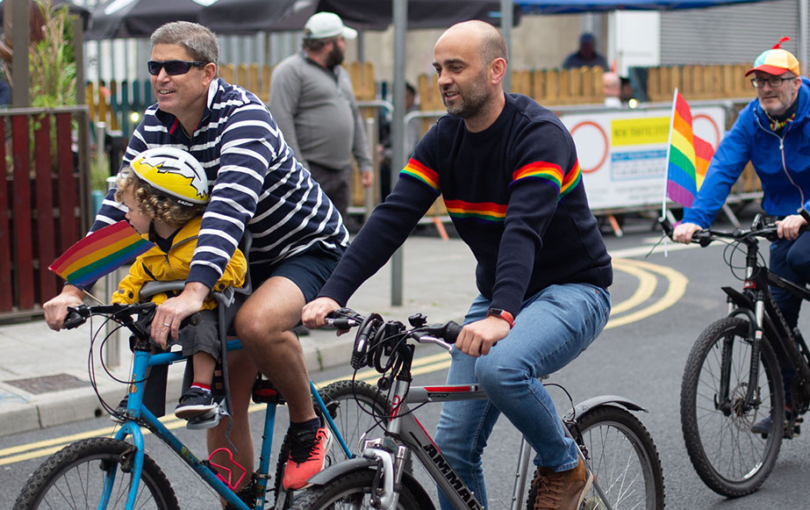In Limerick, #WeNeedSpace. We have joined other groups and residents in calling for Limerick Council to make our streets more pedestrian and cyclist friendly, so we are all safer during physical distancing, going to work, to shops and pharmacies, to volunteer, and for exercise and play.
Many cities, large and small, have taken courageous action. Let’s learn from these examples, and adapt their approaches to our city, and show that we are a leading city in Ireland.
Brussels
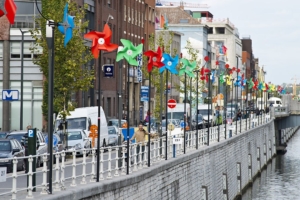
The city has applied a safer 20km/h speed limit on regional roads for the summer, and turned off traffic lights for traffic flow. This includes the Quai des Charbonnages, similar to many of Limerick’s quays.
The Brussels Times
Photo: Steve Collis (CC BY 2.0)
Milan
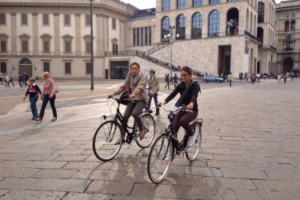
Milan has announced ambitious scheme to reduce car use after lockdown. Of concern to them motor congestion has significantly dropped, and air pollution with it. Measures include low-cost temporary cycle lanes, new and widened pavements, 30km/h speed limits, and pedestrian and cyclist priority streets.
The Guardian
Photo: Martti Tulenheimo
San Francisco
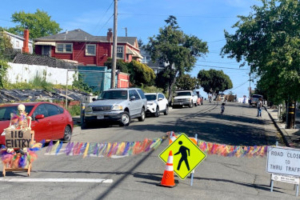
Oakland closed eight street sections to through traffic as part of its ‘slow streets’ program. The program is to give people enough room to get out and exercise safely during the COVID-19 lockdown. The city and local residents have collaborated to “reclaim space” while traffic levels are low.
Streets Blog SF
Photo: Dave Campbell via Twitter
New York
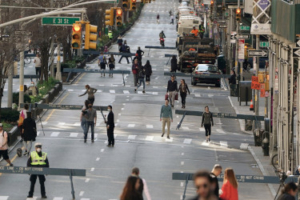
New York is preparing plans for 75 miles of “streets are for people”. There has been a move to deactivate beg buttons.
Press release
New York Times: “The Magic of Empty Streets”
Photo: New York Times
Budapest
Budapest City has seen a massive drop-off in public transport usage, and are establishing a temporary cycling network. That will provide a safer alternative to them for travel.
Bogotá
The Columbian capital has introduced 35km of emergency cycle lanes using temporary cones. Workers adjust the width of lanes depending on usage.
“The Milan plan is so important is because it lays out a good playbook for how you can reset your cities now. It’s a once-in-a-lifetime opportunity to take a fresh look at your streets and make sure that they are set to achieve the outcomes that we want to achieve: not just moving cars as fast as possible from point A to point B, but making it possible for everyone to get around safely.”
— Janette Sadik-Khan, a former transportation commissioner for New York City. Source.
